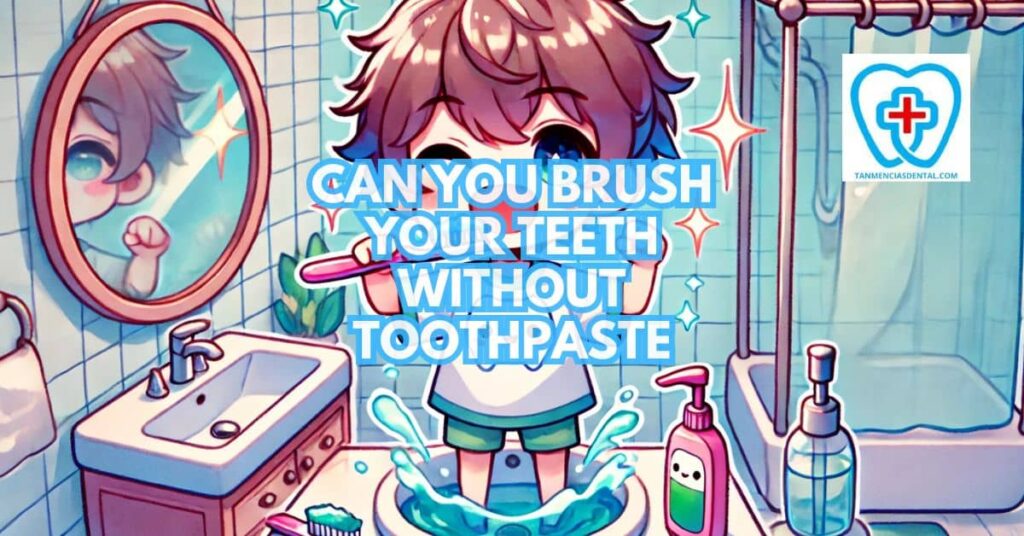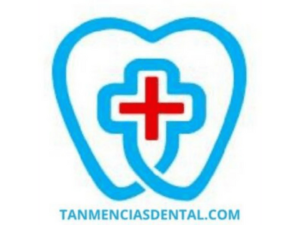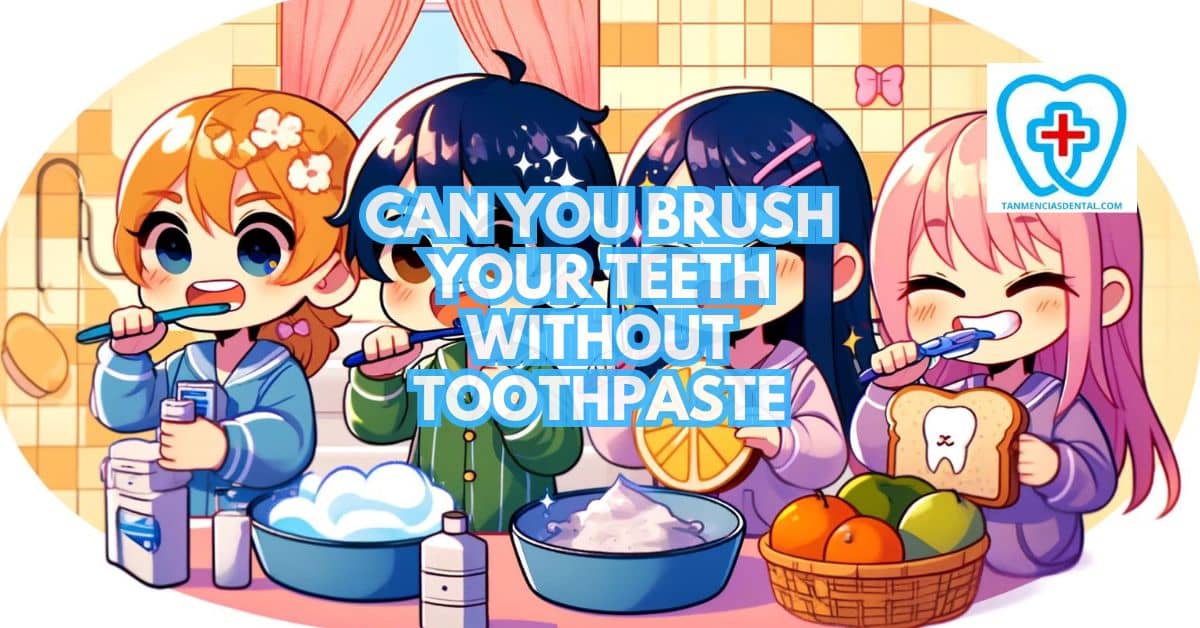Many people wonder, can you brush your teeth without toothpaste and still keep them clean?
Let’s explore ways to maintain good oral hygiene even when you don’t have toothpaste.
We look at the role of toothpaste, safe alternatives, and the best brushing methods.
You will learn when brushing without toothpaste might work and what to watch for in the long run.
Hopefully, we can help you decide how to care for your teeth in any situation, keeping your smile bright and healthy.
1. Is Toothpaste Absolutely Necessary? Brushing Basics Explained
Toothpaste helps remove plaque and food particles from your teeth, but its role might be overvalued sometimes.
The main way to clean your teeth comes from the mechanical action of brushing with a toothbrush.
Even dry brushing without toothpaste can still help remove plaque and freshen your mouth if done carefully.
Many people think that without toothpaste, bad breath might get worse, but how you brush really matters more.
The key is to brush all surfaces of your teeth for at least two minutes, using gentle circular motions.
Good technique—reaching every tooth surface—ensures better cleaning and can prevent issues like bad breath.
While toothpaste adds extra benefits, it is most important to focus on how well you brush their teeth with correct motions and timing.
🦷 The Benefits of Bonding Chipped Front Teeth: A Quick and Affordable Smile Makeover
2. Brushing Without Toothpaste: Potential Benefits and When It’s Okay
Brushing without toothpaste can be helpful in certain situations, such as allergies to toothpaste ingredients.
Some people might experience irritation or reactions to certain toothpaste components.
In these cases, brushing with water can be a safe alternative.
Additionally, brushing without toothpaste can help you focus on your technique.
It’s important to remember that while this method can be beneficial occasionally, it’s not a long-term replacement for toothpaste.
🦷 Fun and Creative Ways for Teaching Children Oral Hygiene Habits
3. The Power of Toothpaste: Fluoride, Freshness, and More
Toothpaste offers several benefits beyond just cleaning teeth.
Fluoride in toothpaste helps prevent tooth decay by strengthening enamel.
It also freshens your breath and can help remove surface stains for a whiter smile.
Toothpaste often contains ingredients that fight bacteria, reducing the risk of gum disease.
These benefits make toothpaste an essential part of your daily oral care routine.
🦷 Choosing the Best Braces Colors to Make Teeth Look Whiter
4. Alternatives in a Pinch: Brushing Options When You’re Out of Toothpaste
If you run out of toothpaste, there are several alternatives you can use.
Baking soda is a common substitute; it helps clean teeth and neutralize odors.
Salt mixed with water can also serve as a temporary option, providing some abrasive action to remove plaque.
Some people use coconut oil for oil pulling, which can reduce bacteria in the mouth.
These alternatives are useful in a pinch but should not replace regular toothpaste use.
🦷 How to Stop Your Teeth From Hurting With Braces

5. Brushing Technique: The Key to a Clean Smile, Toothpaste or Not
Your brushing technique is crucial for maintaining a clean smile, with or without toothpaste.
Focus on brushing all surfaces of your teeth for at least two minutes.
Use a gentle circular motion to effectively remove plaque and avoid damaging your gums.
Make sure to reach all areas of your mouth, including the back teeth and along the gum line.
Proper technique ensures your teeth stay clean and healthy, regardless of whether you have toothpaste.
🦷 The Rise of Branded Toothbrushes: Are They Better Than The Generic Ones?
6. Don’t Forget Flossing: Brushing Isn’t the Whole Story
Brushing your teeth is essential, but it’s not the only step in oral care.
Flossing removes plaque and food particles from between your teeth, where a toothbrush can’t reach.
Daily flossing helps prevent gum disease and cavities.
It also promotes overall oral health by keeping your gums healthy.
Remember to floss regularly to complement your brushing routine.
🦷 A Parent’s Guide to Dental Care for Kids: From Drool to Dazzling
7. Diet and Oral Health: How Food Choices Impact Brushing
Your diet plays a significant role in your oral health.
Consuming sugary foods and drinks can lead to tooth decay and cavities.
Eating a balanced diet with plenty of fruits and vegetables helps keep your teeth strong and healthy.
Crunchy fruits and vegetables can even help clean your teeth naturally.
Be mindful of your food choices to support your brushing efforts and maintain good oral hygiene.
🦷 Dental Care in the Philippines: Why It’s Becoming a Popular Destination for International Patients
8. Regular Dental Checkups: Maintaining a Healthy Smile
Regular dental checkups are crucial for maintaining a healthy smile.
During these visits, your dentist can identify and treat issues before they become serious.
Professional cleanings remove plaque and tartar that brushing and flossing miss.
These appointments also provide an opportunity to receive personalized oral care advice.
Even with good at-home care, regular checkups are essential for long-term oral health.
🦷 Understanding Severe Toothache Symptoms: What You Need to Know
9. Finding the Right Regimen: Considering Your Specific Needs
Everyone’s oral health needs are different, so it’s important to find a regimen that works for you.
Consider your specific dental issues, such as sensitivity or a tendency for cavities.
Your dentist can recommend the best products and practices for your needs.
This might include special toothpaste, mouthwash, or additional cleaning tools.
Tailoring your oral care routine ensures you maintain the best possible dental health.
🦷 Teeth Cleaning Before and After: What to Expect and How to Prepare
10. Brushing Without Toothpaste: A Helpful Tactic, Not a Replacement
Brushing without toothpaste can be a helpful tactic in certain situations, such as when you have allergies or run out unexpectedly.
It can help maintain oral hygiene temporarily and improve your brushing technique.
However, it should not be seen as a replacement for regular toothpaste use.
Toothpaste provides essential benefits like fluoride, breath-freshening, and antibacterial action.
Use brushing without toothpaste as a short-term solution and not a permanent change.
🦷 Can You Whiten Teeth With Crowns? Exploring Your Options for a Brighter Smile
11. How Skipping Toothpaste Might Hurt Your Teeth Over Time
Brushing without toothpaste can slowly affect the strength of your tooth enamel.
Over time, the lack of fluoride protection may make your teeth weaker.
Without the extra cleaning power of toothpaste, bacteria may start to build up more easily.
This buildup can lead to cavities and gum problems if not addressed.
Understanding these effects can help you decide when it’s best to use toothpaste again.
🦷 Affordable Dental Services in Marikina City
👨⚕️ Conclusion
You can brush your teeth without toothpaste and still achieve a level of cleanliness.
The mechanical action of brushing is what primarily cleans your teeth.
However, toothpaste offers important benefits like fluoride protection and breath-freshening.
For optimal oral health, use toothpaste regularly and ensure proper brushing technique.
Complement your routine with flossing and regular dental checkups for the best results.
😊 Self-Promotion
Looking for top-notch dental care in Parang, Marikina City?
Visit Tan-Mencias Dental Clinic for friendly and professional service that keeps your smile healthy and bright.
Whether you have questions or need to book an appointment, you can easily reach us by calling 09171451074, sending a message through our Facebook page, or using our website’s contact form.
Our team is ready to provide personalized care and address all your dental concerns.
Experience the best dental care at Tan-Mencias Dental Clinic today!

